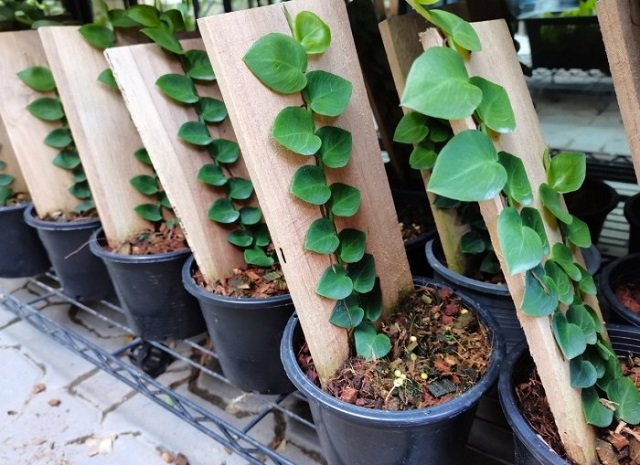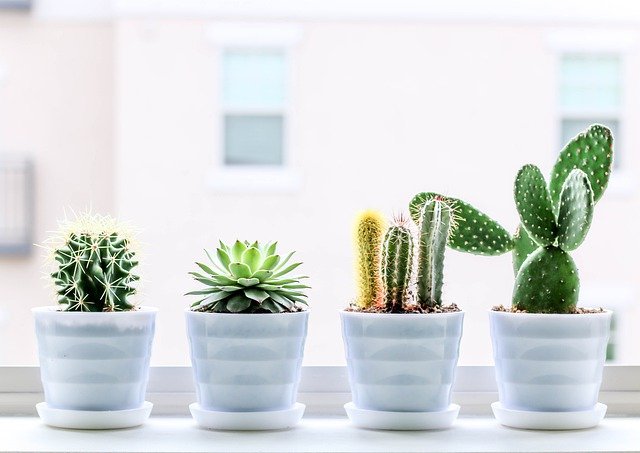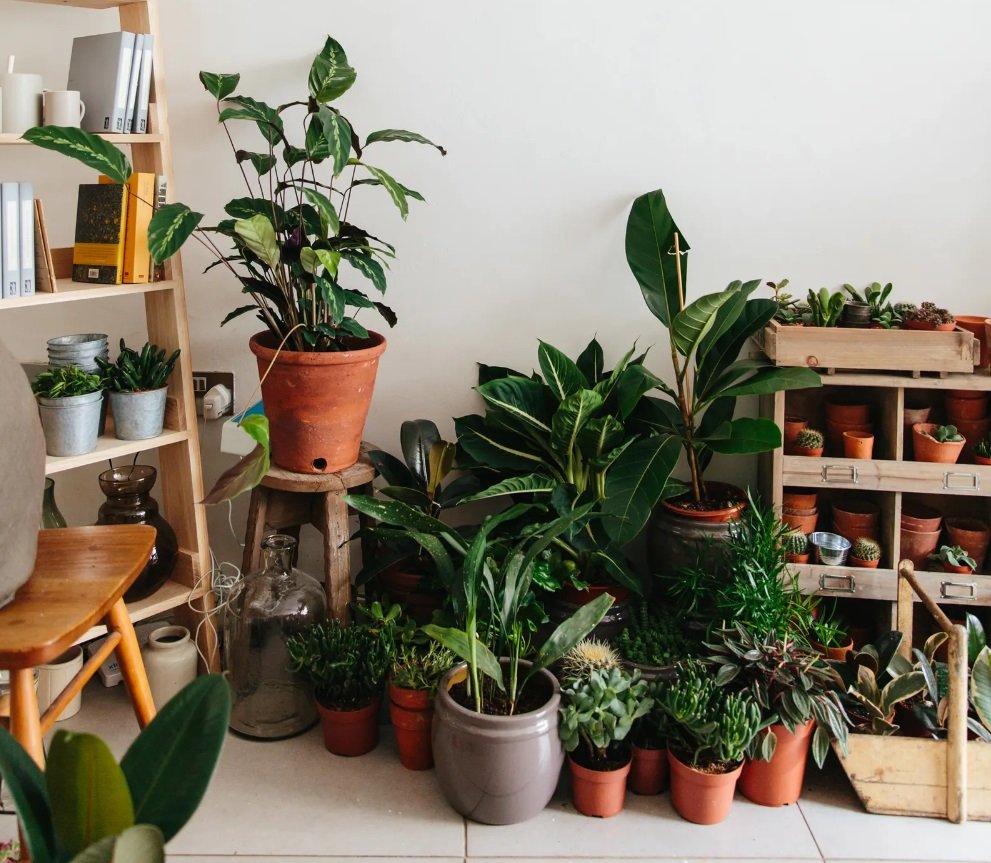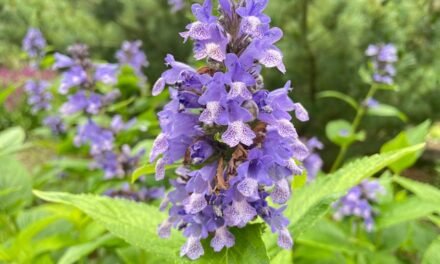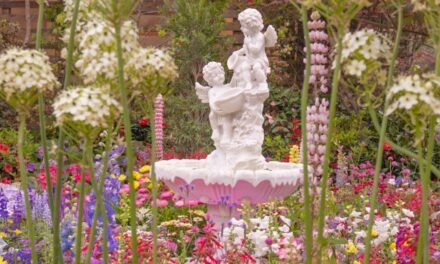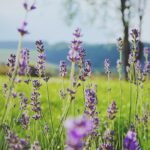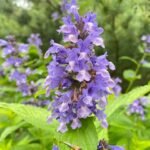
After all the research, all we can say is that Rhaphidophora hayi is legit. Buying this rare plant, either indoors or outdoors, is worth every penny! The appeal of this epiphyte is unlike any other plant. It acts as an ideal tropical backdrop and will make you fall head over heels in love with it. The way its leaves lie flat on the support, rather than fanning outwards, makes it look like a piece of art!
Shingling plants (common name Rhaphidophora hayi) are climbing plants that cling to the support and lay their leaves flat on the surface. This insanely cool nature has made it a hit among people. Moreover, after all the rage of Rhaphidophora hayi Costa farms, the demand for this item from Costa Farms’ Trending Tropical Collection is constantly increasing.
The good news is that the Rhaphidophora hayi Walmart variety is also available now!
Note: Whenever you find Rhaphidophora hayi on sale, whether it is the Rhaphidophora hayi Costa farms variety or Rhaphidophora hayi Walmart, grab this opportunity without thinking twice! Finding Rhaphidophora hayi on sale is an arduous task as it immediately gets out of stock.
Origin
Rhaphidophora hayi is a native of Queensland (Australia), Solomon Islands, Papua New Guinea (New Britain, Bougainville, New Ireland, etc), and the Bismarck Archipelago.
It belongs to the family of Aroids and occurs in wet, lowland rainforests that are laden with coralline limestone and basalt rocks. These types of specific forests are quite a few, making it a treasured houseplant!
Natural growth conditions

Ok, well we admit, that was quite boring.
Let’s get to some facts about its natural habitat.
Now take a look at the type of rainforest we have mentioned that they occur in.
Those are wet (mind-bogglingly humid). This beautiful shingle needs just that to thrive.
Rhaphidophora hayi growth rate is medium, but once they have everything they love(sun, ample moisture, and warm temperature) they grow rapidly to 32 feet height or even more. (Whaaat?!)
Being an evergreen, perennial plant, what sets it apart from the typical plants is its hemiepiphyte ability.
Don’t know what it means? Let us explain.
Hemiepiphyte acts both as a plant and an epiphyte. It has roots in the ground and grows on other plants too (Dope, right?)
Hemiepiphytes draw nutrition from both the ground and the support. This is why you will see that such plants are strongly connected to their support(such as tree trunks) through their aerial roots.
Rhaphidophora hayi care
Caring for Rhaphidophora hayi is easy peasy. You just need to fulfill its demands (it’s quite a list!) and then once it has adapted, you can watch it grow beautifully in your space.
For Rhaphidophora hayi care, you need to know the conditions ideal for it
Soil

A critical step of Rhaphidophora hayi plant care is choosing the right soil type. The soil needs to be somewhat acidic (say between 6.0 and 6.5), nutrient-rich, and well-draining.
Loamy soil, soilless mix as well as regular potting mix all work well IF they are well-draining. Therefore, you can go for LECA, sphagnum moss, aroid mixes, and coco peat.
The fun part is, you can DIY Rhaphidophora hayi soil too. Just take a regular potting mix and sufficient perlite and peat moss in it.
TBH, we think this is the best option of all.
Why?
Because perlite enhances drainage while peat moss will provide humus and elevate pH.
Light

A bright indirect light is ideal for it. The light needs to be filtered so that its intensity is reduced.
If you are placing it in direct sunlight, a period of more than 3 hours can actually damage it. Notice how you get sunburned under the sun? It’s just like that. And well, instead of turning red (like us) , overexposure to light can actually make Rhaphadophora hayi lose their color and go yellow.
As far as light is concerned, a level of 10000 or 20000 lux is best for this climber
Note: Low light exposure can cause leggy growth (that means long stems and low leaf density). You would not want that as it drastically reduces the appeal of the shingling plant.
If you have a well-lit indoor space where you want to add the shingling plant, there is no reason why you should back up from your plan. Simply place a 30% or 40% density cloth in front of the window and you are done!
Moreover, Rhaphidophora hayi adapts flawlessly to artificial light too, so having a natural light source is not important. (Bingo!)
Temperature

Temperature is an important part of Rhaphidophora hayi plant care. It belongs to the USDA Hardiness Zone 10 to 12, which means it can only survive at 12 to 27°C temperature. (Spring lovers, take note.)
This indicates that any temperature less than the given limit can irreversibly damage this thing of beauty. It will suffer from stunted growth and damage to the leaves if it’s exposed to frost (Winter haters can relate.) Make sure you keep it all cozy and warm indoors when the temperature falls below 12°C.
Humidity

Oh, how they bloody love humidity.
We are not talking about mild humid conditions, Rhaphidophora hayi needs their surrounding air to be loaded with water to replicate their original habitat. You need to maintain a 65 to 75% or more humidity level at all times. (Yes, you have to measure with a hygrometer! The crazy things you do for love.)
Do they survive in a slightly lower humid environment?
Ok, yes they can.
A bit.
The lowest level that they survive in is 40% humidity. But remember, the higher the humidity level is, the better it is for the plant.
The things you can do to increase humidity is to buy a humidifier (duh!) and place a water-filled tray with gravel and stones. You should also consider misting from time to time if the air is dry for the plant. Mist the plant always early in the morning.
Note: Rhaphidophora hayi leaves may curl up and become yellow if the air is too dry for them.
Watering

Now, here comes the tricky part. The thing with this task is that you have to always monitor the soil UNLESS you have a hygrometer for your soil. That does the part too.
What Rhaphidophora hayi needs for growth is a consistently moist soil. You need to feel the top 2 to 3 inches of soil by hand to see the moisture situation (Gross but worth it.) If the soil feels dry, water the soil until it becomes damp (not wet).
If you have an indoor plant situation going on, water the plant until it seeps from its draining holes. Yes, that’s how you load it with water. Throw away the excess water in the saucer.
Most of the time, you would have to water it once a week to meet the plant’s needs, however, it depends a lot on the conditions it is placed in.
Cut the watering frequency to half during the dormancy period i.e. winters.
Note: If you have a sphagnum pole installed for your Rhaphidophora hayi plant, you need to mist it too.
The problems that may arise with a haphazard watering schedule are:
- Overwatering- it can cause root rot and turn the leaves yellow. Mushy stem base, growth of molds on soil, and wilting and falling of leaves also occur.
- Underwatering- it can delay growth and causes leaves to become crisp at the edges and yellow.
Fertilizer

Rhaphidophora hayi care involves feeding it with fertilizer. (Give the plant its due share and watch it conquer your plant world)
You need to add a good quality fertilizer every week during the growing season. If that’s too much for you to remember, buy a slow-releasing fertilizer (Hey, we are not judging!). Just remember to add it at the start of the spring.
Note: Never fertilize the plant during winter. Overfeeding can cause irregular, dry and brown leaves, stunted growth, and even death in some situations (Ouch!).
Rhaphidophora hayi diseases and pests
The diseases or infections that can harm Rhaphidophora hayi plant are

- Bacterial infection
- Fungal infection
- Red leaf spot
- Southern blight
- Mosaic virus
- Botrytis
Overwatering or a bad quality potting mix causes bacterial or fungal infection. This is why we have emphasized buying a premium quality one.
Always use sterilized instruments and wash your hands before and after when dealing with Rhaphidophora hayi.
As far as pests are concerned, the ones which attack Rhaphidophora hayi are:
- Aphids
- Mealybugs
- Spider mites
- Scale
Some remedial measures you can use are isolation of plants, cutting the infected parts, and hosing down Rhaphidophora hayi if needed.
Note: Rhaphidophora hayi does not need to be repotted frequently. You can relax easily for 2 to 3 years before choosing a new pot for them.
Rhaphidophora hayi toxicity
Sadly, Rhaphidophora hayi is toxic to humans and pets (keep your cats and dogs as away from this plant as possible)
Did you notice when we mentioned that their natural habitat has calcium limestones in it? This has led to the innate modification of these plants to protect them from danger.
Rhaphidophora hayi has calcium oxalate crystals on its surface, making it a hazard for your children and fur babies alike.
What to expect when Rhaphidophora hayi grows?

Rhaphidophora hayi has no height limit when it grows in its natural habitat. But it doesn’t grow a lot when placed in gardens or indoors. The maximum height that it can reach is 5 meters at a time.
A Rhaphidophora hayi mature plant does not have any stem modification. It simply grows in length as it shingles onto support.
A drastic difference between Rhaphidophora hayi mature plant and a new one is in the size of the leaves. A young Rhaphidophora hayi plant has 1-inch short, oval, deep-green leaves that are adequately spaced.
Rhaphidophora hayi mature, on the other hand, have large leaves that overlap due to their huge structure. They can grow up to 5 inches on maturation ( That’s ginormous for a shingle!)
However, the leaves do not change morphologically at any stage. There are no fenestrations or splitting observed in Rhaphidophora hayi.
Rhaphidophora hayi Variegata
You can now choose a Rhaphidophora hayi variegata for your garden with ease! Wildpretti has launched the most attractive Rhaphidophora hayi variegata of all time. It has the prettiest dark green leaves with mint variegation. No wonder it goes out of stock the hour they get restocked!

